This blog post is an adapted excerpt from Blue Blooded, and it was written by co-author of the book, Josh Sims. If you don’t have Blue Blooded already, you can get it here.
On the very first episode of the Denimhunters Podcast, I talk to Brit about what it’s like hunting vintage denim for a living. Listen in the player above or on Apple Podcast and Spotify.
Brit Eaton knows his way around old barns, lofts, mines, cabins, salvage yards, and the backs of shops where trading ceased decades ago. He knows his way through long-forgotten Dust Bowl towns.
He spends 10 days a month on the road around the United States with his pick-up truck, following clues and hunches in his search for old denim and other workwear.
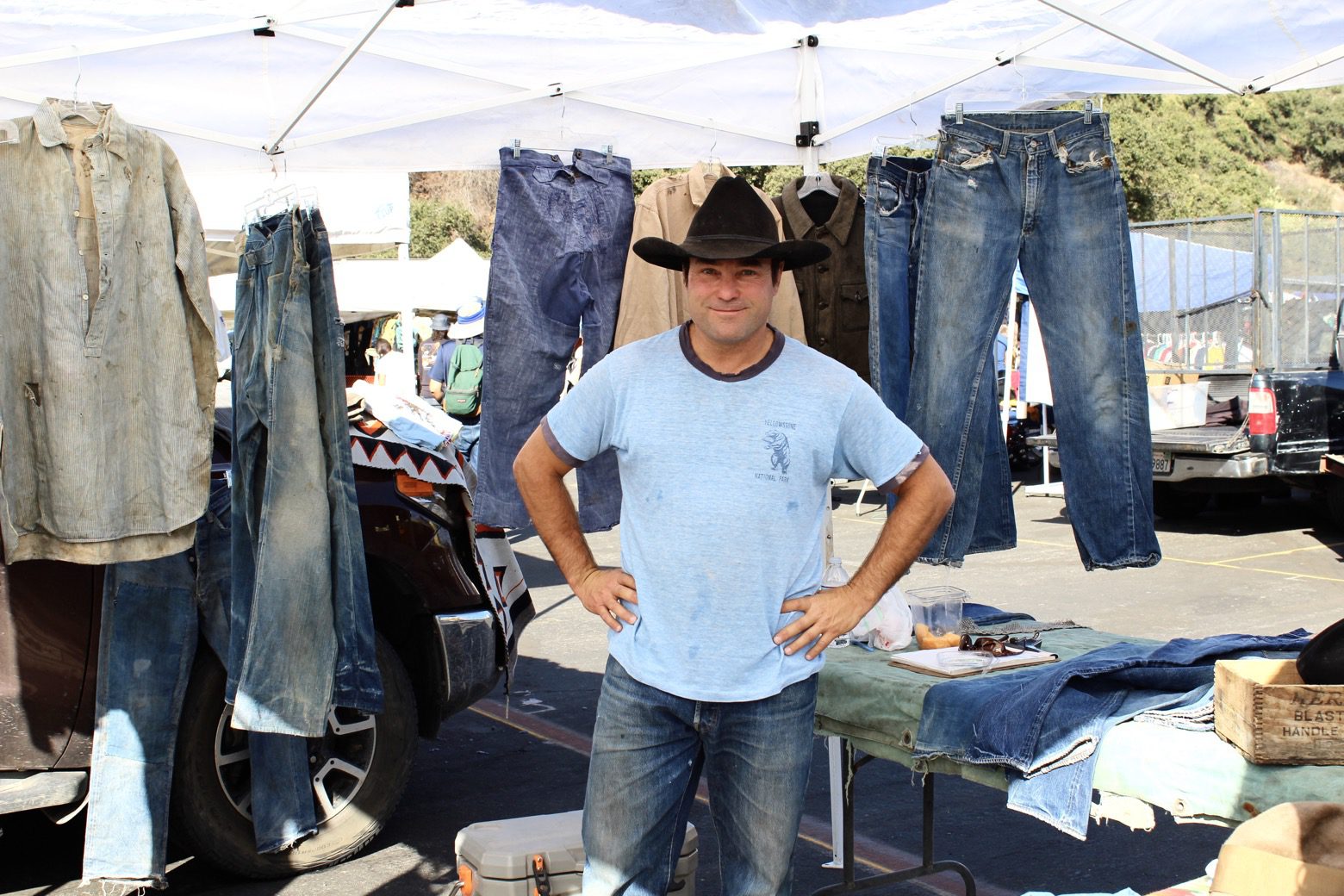
Some of his finds he sells to collectors, museums, and designers like Ralph Lauren. Others go to filling in the gaps in brand archives for the likes of Levi’s and Dickies. No wonder, then, that he has earned himself the moniker “Indiana Jeans.”
“When I used to uncover a gem, my first reaction used to be thoughts of the money it was worth. But I’ve evolved,” says the man with literally millions of dollars worth of rare denim secured in bales in his two-story warehouse.
“Now my reaction is ’Holy shit—I’ve never seen that before!’ I get that ’it’s better to give’ rush, because I can immediately think of a few people who would just get so much pleasure from it.”
It Began With Hustling and Harley Davidsons
Eaton did not set out to be a denim dealer.
He was an urban hobo, a hustler, and an exporter of Harley Davidsons from the United States to Europe—he’d ride one around until someone offered him twice what he paid for it to take it off his hands.
But a later rib injury made riding awkward, and, besides, everywhere he went, people were asking him to bring them old Levi’s. Once he was back home, he, like many others, started trading in old jeans, although his idea of old made him stand out.
“Trading denim was like a feeding frenzy back in the early 1990s. Every time a thrift store put a rack of jeans out, there would be 50 pairs of ’big E’ Levi’s,” recalls Eaton.
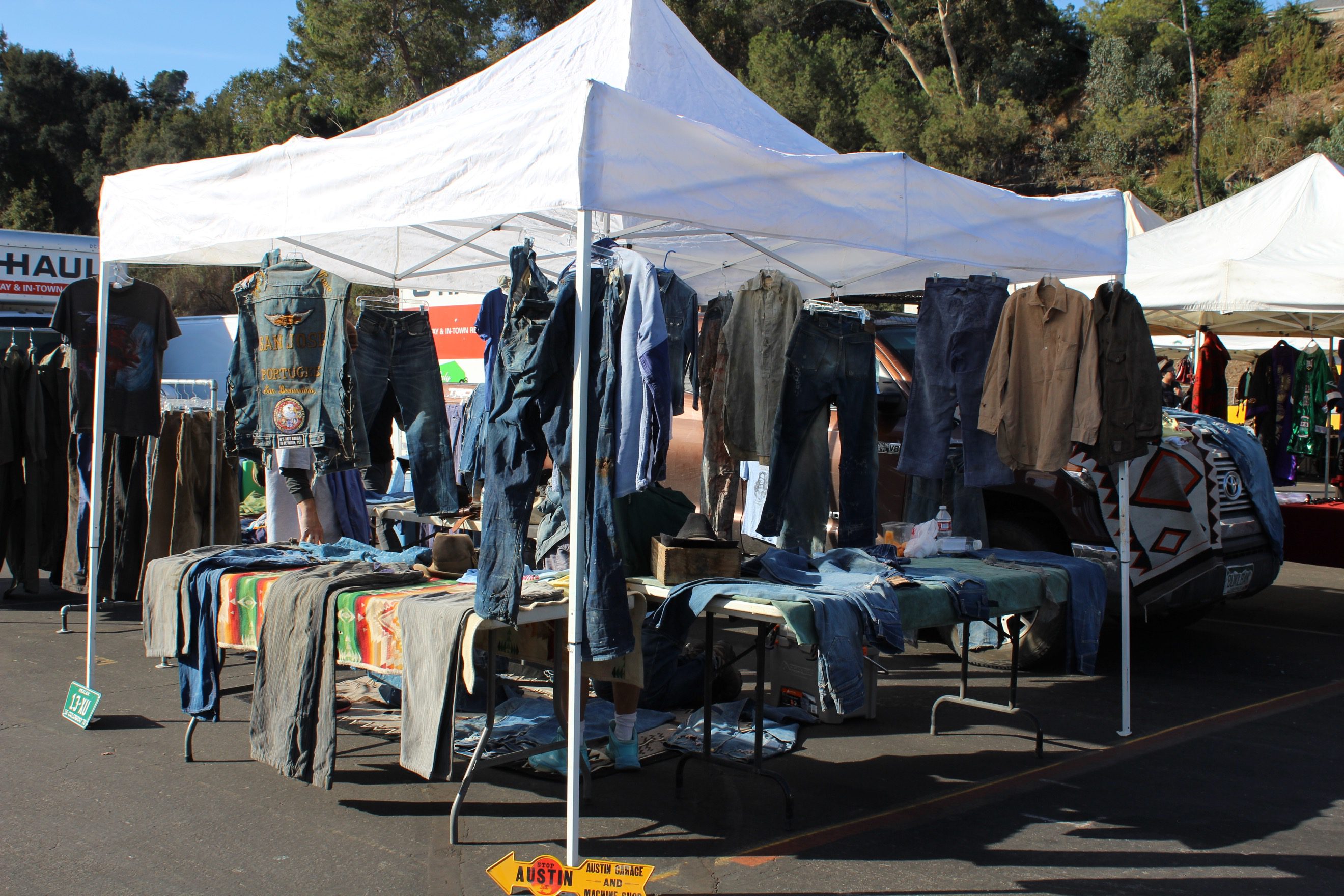
“If I saw someone remotely Japanese-looking in a thrift store I’d tackle them and drag them to the trunk of my car to show them what I had. And I hated just being another guy doing what everyone else was doing. But then, most of the dealers would throw away anything with a hole in it. And I didn’t. I dealt in the good, the bad, and the ugly—and noticed there was a demand for it.”
300 Pairs of Pre-1910 Jeans Keep Him Going
Eaton had unwittingly tapped into a growing interest for more historic pieces. And finding them became something of an obsession.
The valuable find failed to give him the buzz it once did—he started to want museum-standard material, “earlier and earlier stuff, the kind that’s harder and harder to find,” he notes.
“I love denim but I’m not a denim nerd—I don’t know much about the ounces in the cloth, or certain types of weave and all that. But when I see a piece and don’t know what it is— that’s when I get most excited. That feeling was all I could think about. You know that thing that, statistically, men think about a lot? Well, I stopped thinking about it …”
Fortunately, he got a major break, one that allowed him to establish himself in a less hand-to-mouth kind of way: he uncovered a haul of 300 pairs of pre-1910 jeans.
“I don’t know if there is anything like that out there anymore,” he says wistfully. “But the thought that there might be keeps me on the road.”
It also keeps his eye sharp. Eaton says he spends a lot of time doing research before a trip—reading period books and magazines for possible tip-offs and studying the nineteenth-century American Gold Rush and industrial history—before heading out west (where the low humidity means there is a good chance of an antique garment surviving intact) to root around.
It Takes Blind Faith and Practised Intuition
He relies both on blind faith—“you just have to leave on a trip with the conviction that your empty truck will come back so packed there wouldn’t be room for a cigarette,” he says—and practised intuition.
“You need a sense of what very poor people would once have done with their clothes when they were finished with them—and they didn’t often throw them away,” he says.
“I’ve found old denim stuffed into sofas, used as padding inside a boxing bag, inside mannequins, scarecrows. You find stuff in crazy ways when you start looking.”
You also find crazy stuff: Eaton can lay claim to having uncovered some of the rarest examples of denim clothing. He has sold a pair of chinos from the Spanish-American War era to a Japanese collector for $12,000. Other pieces are regularly valued at over $10,000.
The love of such pieces has turned him into something of a collector himself: he has, for example, spent $18,000 on an early-1880s Levi’s denim jacket, with the leather patch unusually positioned on the lower back—rather than at the neckline—bearing an intriguing stamp that states “white labor.”
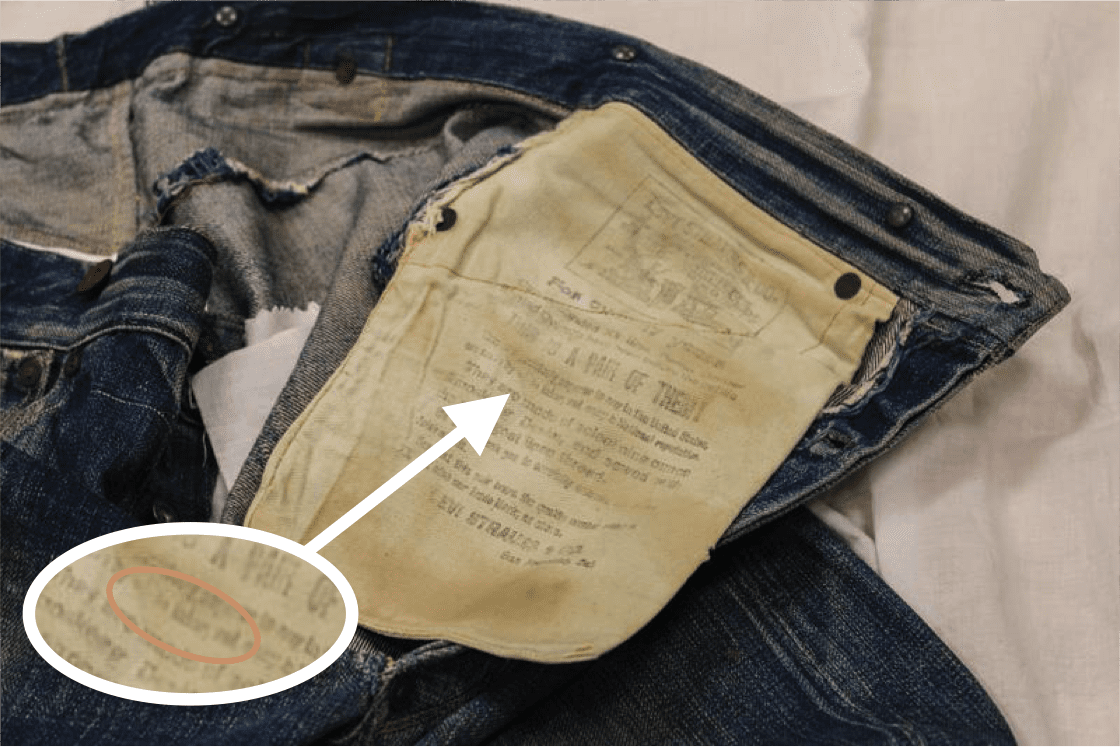
“That,” he says in no uncertain terms, “is a historic artefact. I bought that for me. But if someone wants to offer me substantially more for it, it’s for sale.”
That is not to say he is not cautious: Eaton notes that it is much easier to buy something than sell it. And, in an increasingly fickle market, there is no guarantee that even the rarest of pieces will find a home, all the more so given the number of high-quality replica garments around—replicas, he concedes, that his original finds make possible.
Possibly the World’s Worst Roofer
That does not stop him from sweet-talking his way through strangers’ front doors to get into the crevices of their homes in order for the hunt to go on.
He has told people he has a poltergeist detection machine and wants to check their home, only to give them the all-clear and turn the conversation towards that neat jacket on the bannister.
He told one man he was a great roofer and promised to fix his roof if only he would let him look around. Utterly inexperienced in roofing, Eaton gamely did it anyway. He reconnected with the (fortunately) forgetful homeowner many years later to find buckets strewn throughout the house “because years ago some asshole messed up my roof.”
The pretexts may seem odd, but then, simply asking to come in and look around for old clothes would seem even stranger to many people.
“The reactions I get are across the board,” says Eaton, “but the number one reason people don’t let me look around is that they simply don’t believe that I am actually looking for old clothing. In fact, people still ask me what I really do for a living, because the very idea of what I do is so foreign to them. And, of course, some of them don’t like to comprehend that they may have thrown away old jeans that could be worth thousands of dollars.”
Take Your Denim Knowledge To the Next Level
The Denimhunters Academy is the denim industry’s new independent on-demand online education and staff training platform.
It teaches you how to create meaningful and memorable experiences for your customers with product knowledge and storytelling.
On the Hunt For Raw Selvedge Jeans?
Launched in 2011 by Thomas Stege Bojer as one of the first denim blogs, Denimhunters has become a trusted source of denim knowledge and buying guidance for readers around the world.
Our buying guides help you build a timeless and adaptable wardrobe of carefully crafted items that are made to last. Start your hunt here!
Share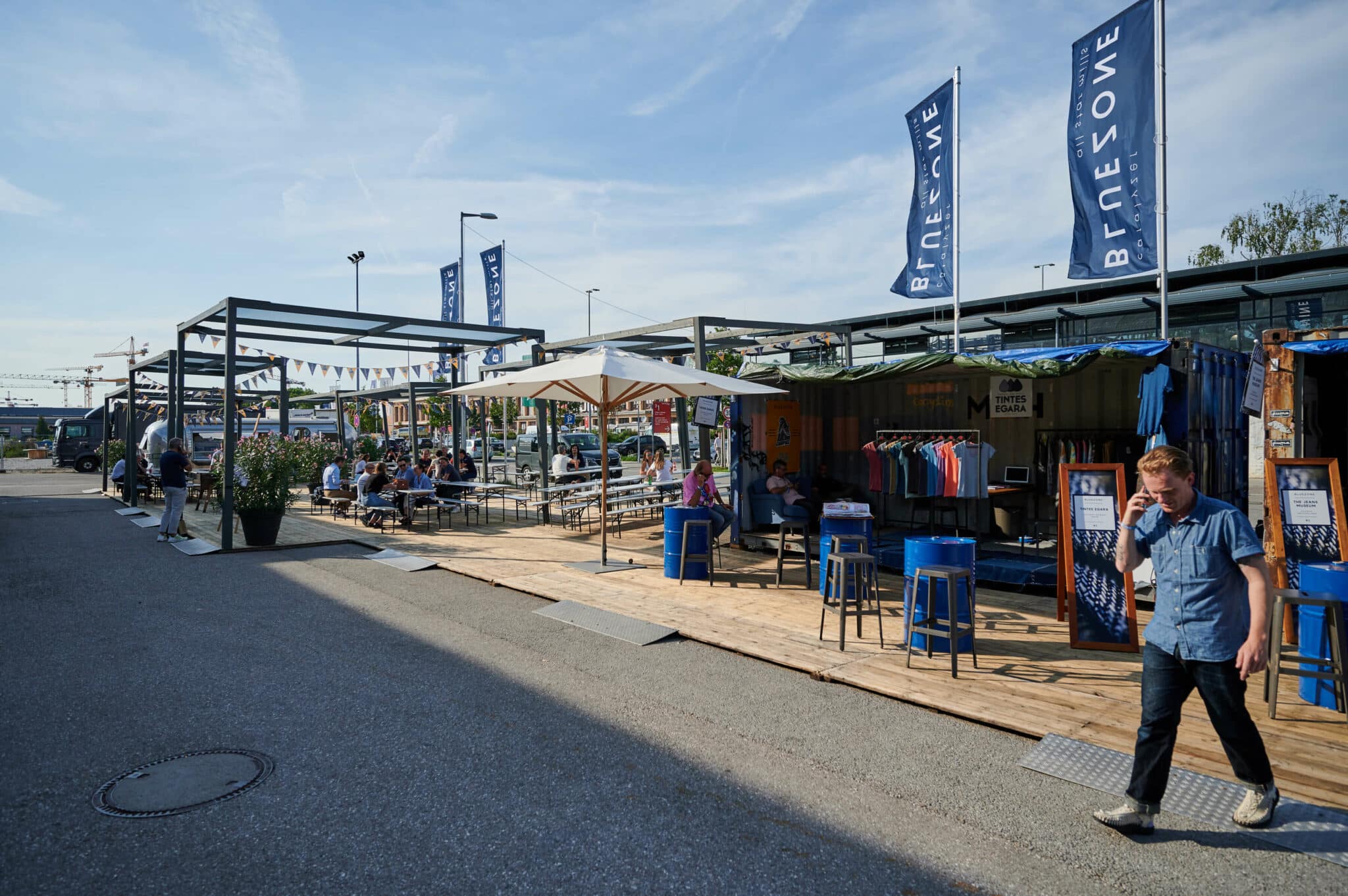
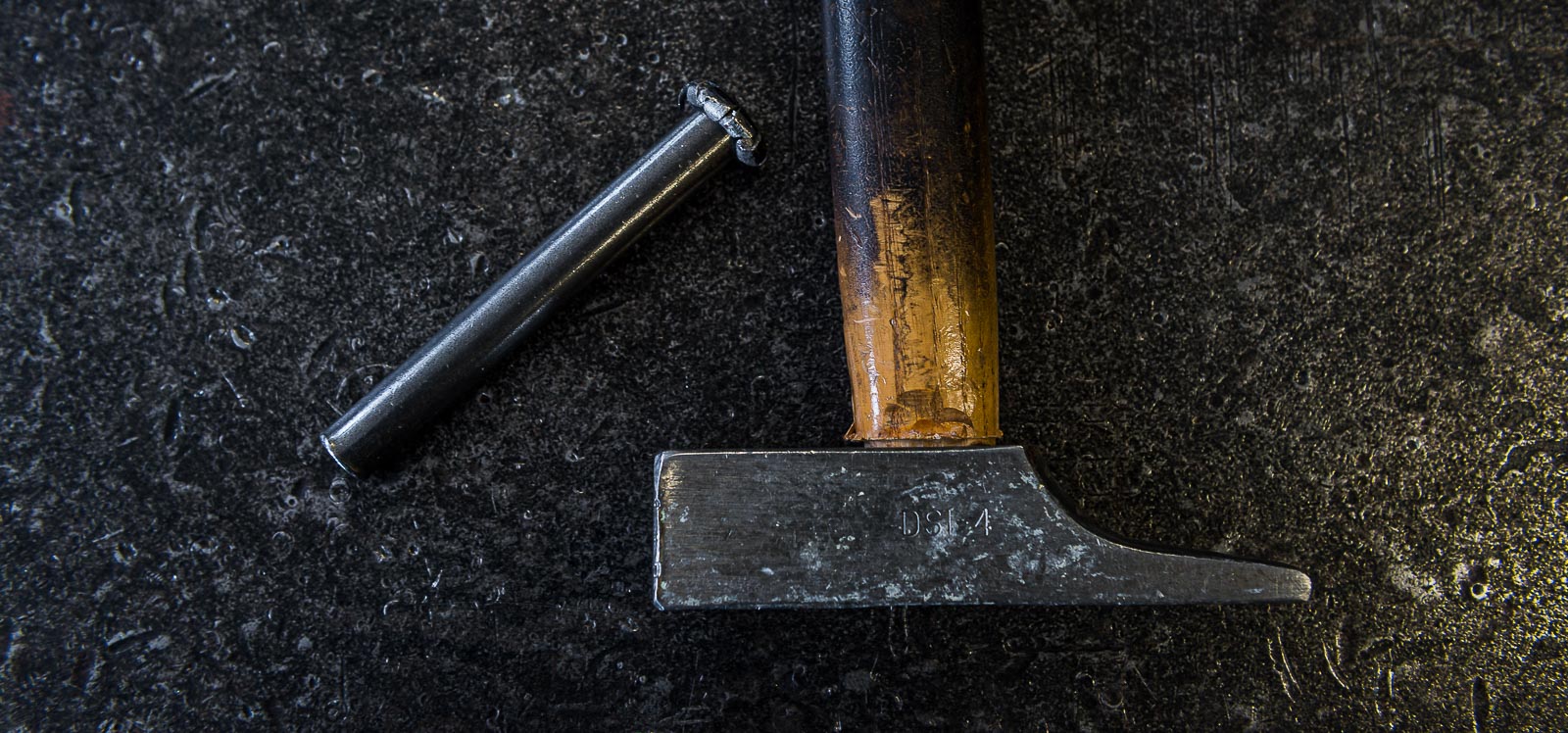
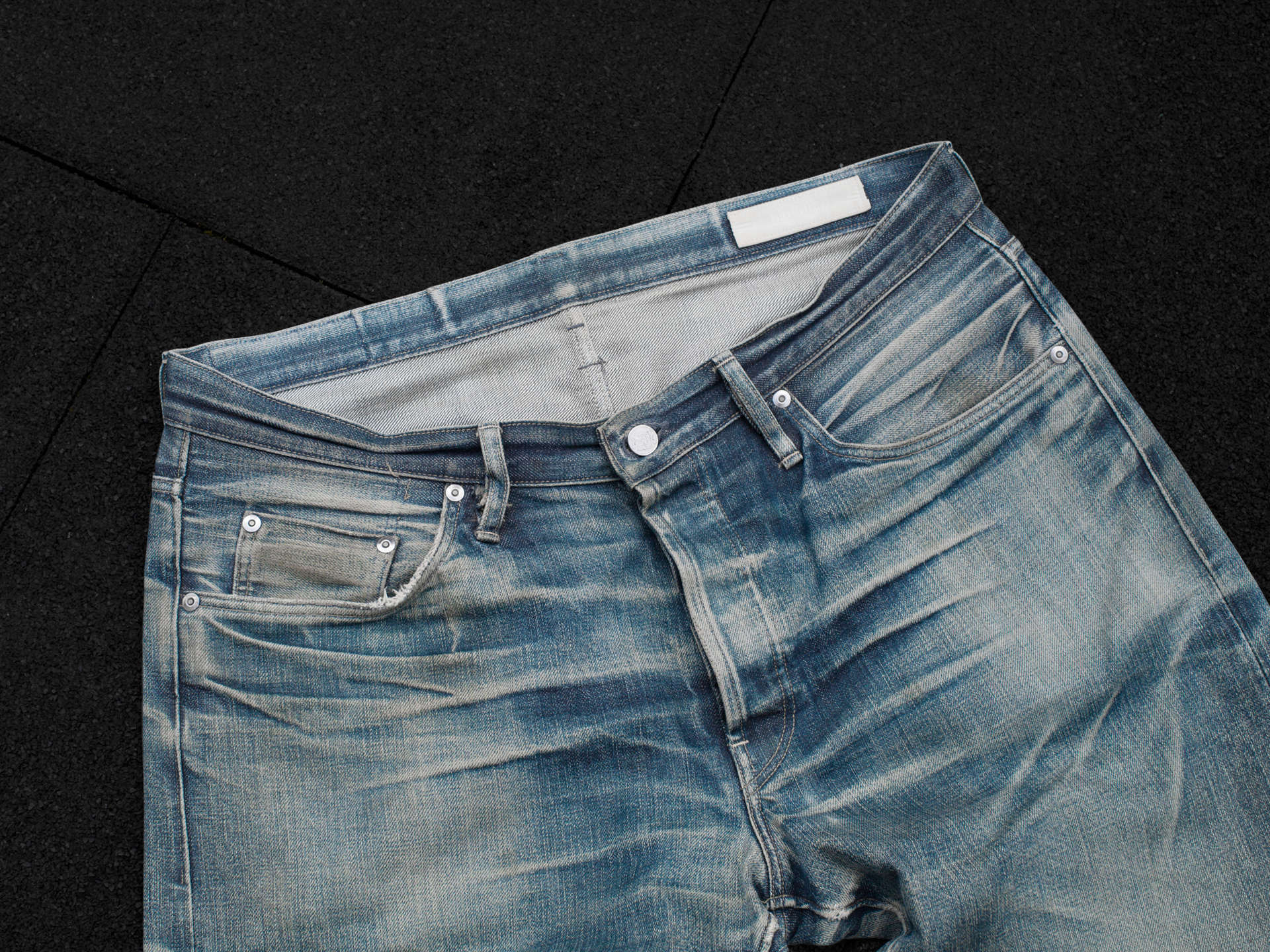
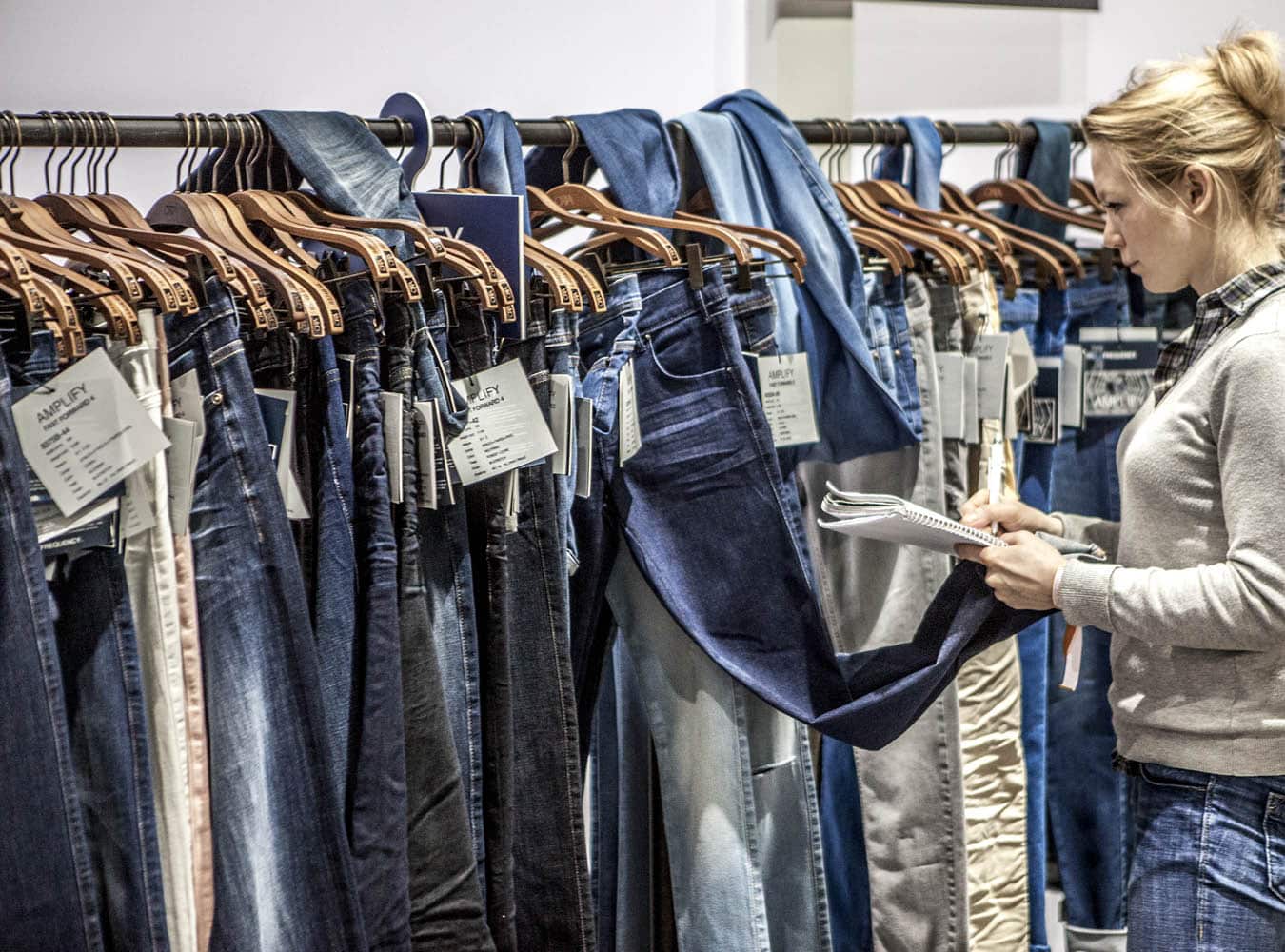
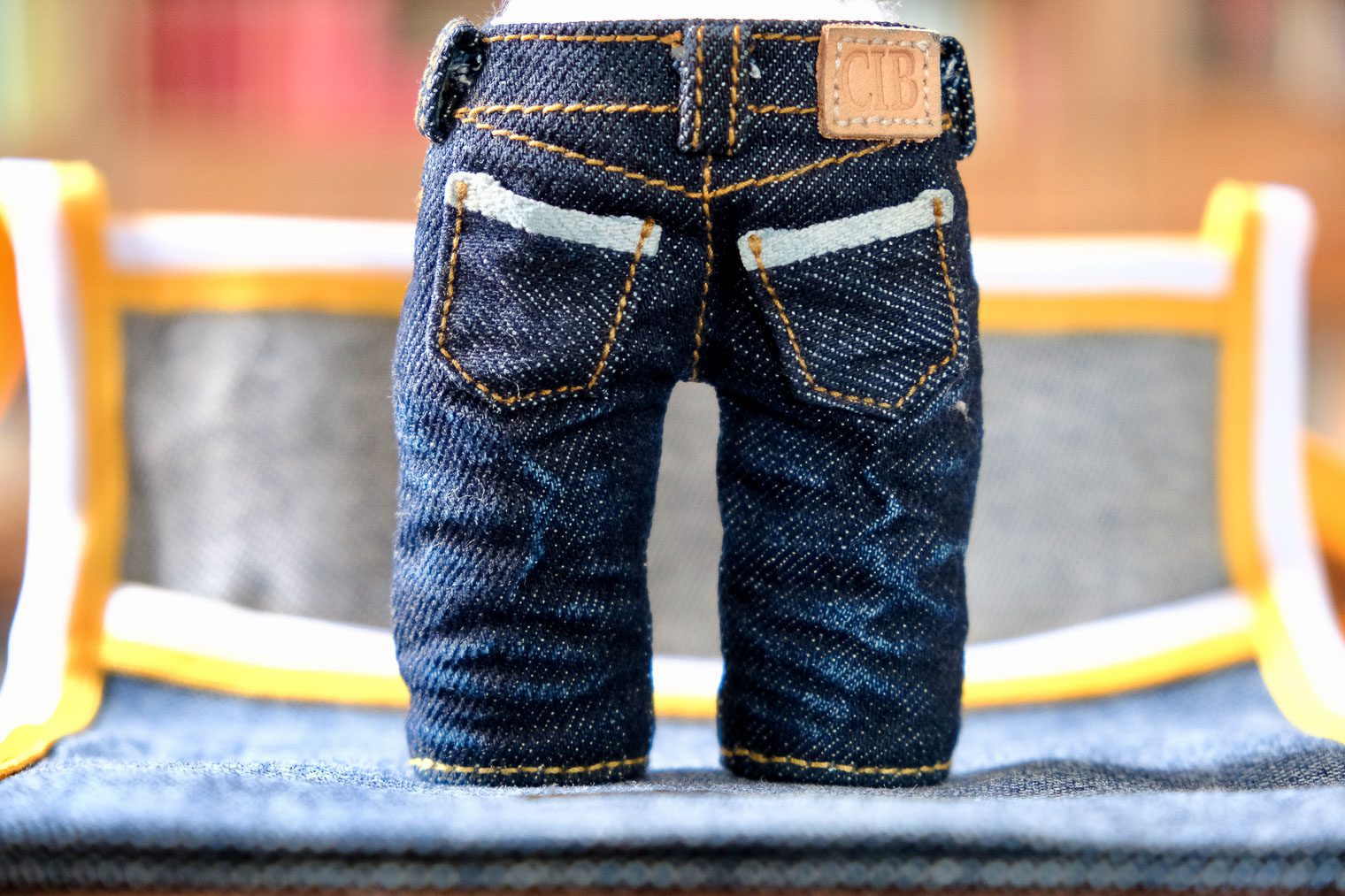
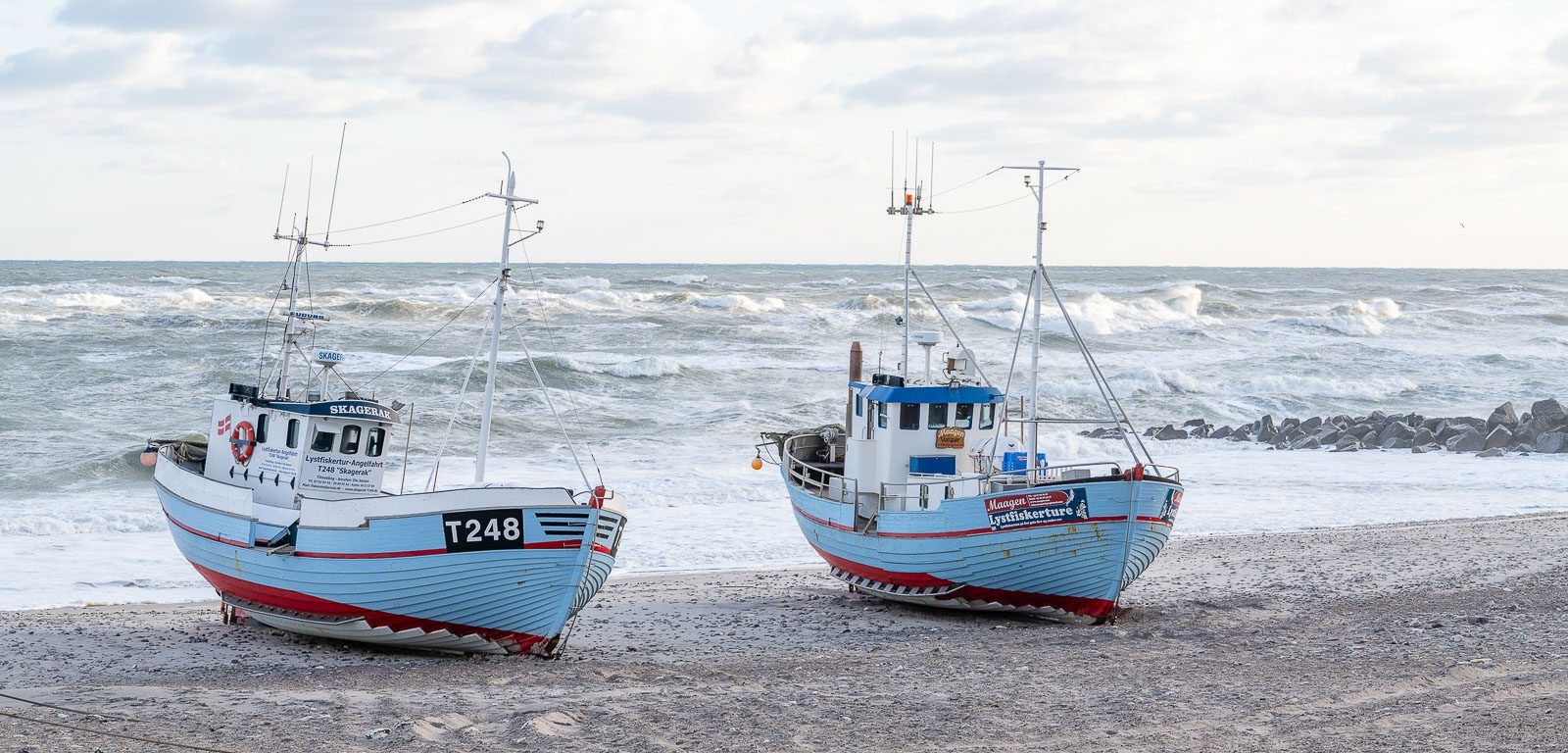

Hey Brit
Wanted to say I am loving watching the series of ‘Ghost Town Gold’, in the Highlands of Scotland. It’s fascinating looking at the old mining gear, the spurs etc…absolutely love the Western History, very cool.
The most was when you went 20ft down in the well, it looked mighty cold down there.
Well thanks for making the show its a real blast.
Take care Cowboy.
Tom